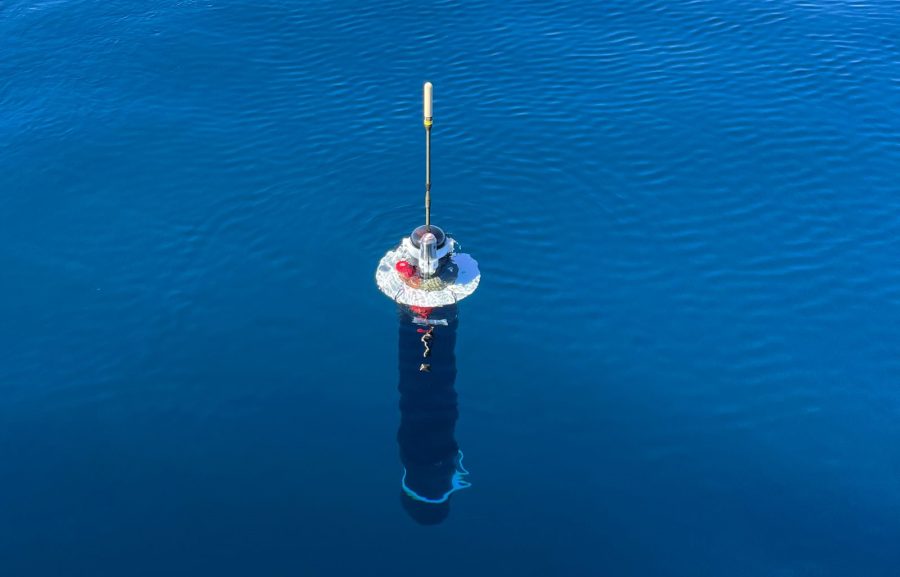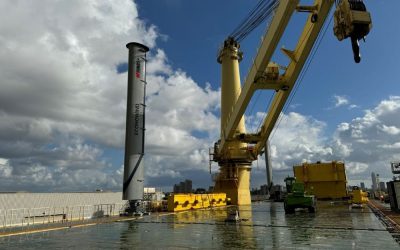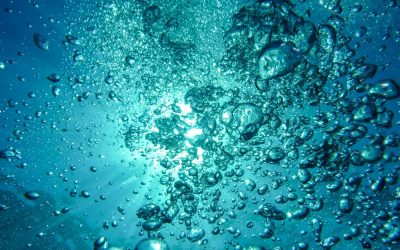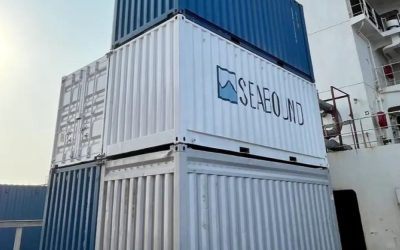Seatrec’s infiniTE autonomous float could play a vital role in timely weather forecasting, incorporating technology designed to overcome the current limitations of battery-powered floats
Many valuable data sensors “are just left at sea when their batteries run out”, says Yi Chao, founder and CEO of Seatrec. For example, the Argo Programme uses around 4,000 robotic diving floats to take temperature, salinity and pressure readings across the world’s oceans. Each year, though, around 1,000 of these floats run out of battery power and most are left to drift, rescue being deemed “too expensive”, Chao explains.
It’s not just the waste of valuable sensors and the creation of marine junk that’s the issue. These sensors could be gathering critical data on storms and hurricanes: in the US alone, these weather events cost the economy US$54 billion per year, with human lives and livelihoods likewise at stake.
As a self-described “armchair oceanographer” who has previously used satellites to measure the seas for NASA Jet Propulsion Laboratory, Chao understands the issues better than most. However, he tells Ship & Boat International, despite recent advances in processing and aerial data collection, “the field of hurricane prediction has made slow progress”. So, it matters that the Argo floats’ limitations prevent them from providing the missing water temperature information at depths.
Since the floats’ batteries only allow a few hundred samples, their data collection is “usually limited to once every 10 days”, says Chao, while storms and hurricanes can surge in as little as 24 hours. The answer is to incorporate onboard power generation that enables three-times-a-day sampling (returning 30 times more data than the current Argo floats) and keeps it up indefinitely.
Plenty of energy
In turn, Seatrec has developed its infiniTE float. As this float moves up and down through layers of water, a paraffin-filled chamber expands and contracts. That brings around 3,000psi to drive the pumping action of a pressurised fluid, turning a motor at around 1,000rpm. Around 3Wh of energy is generated on every rise and fall: plenty for the job in hand, “and it can all be scaled up along with the float”, Chao says. “Bringing this technology to the table will enable us to feed water data into weather prediction models”, he adds.
The steady stream of data points returning from the first infiniTE float, launched into the Gulf of Mexico in 2022, has shown that the unit is up to the task, so two more infiniTE floats are about to join the first, with other projects planned. While the early prototypes relied on a third-party float manufacturer, with external bladder inflation for the dive-and-rise operation, these latest units utilise Seatrec’s in-house technology. As a result, Seatrec is independent of third-party manufacturers, and the technology comes in a neater, smaller package that is easier to deploy from a small boat.
Chao states that “solving the power bottleneck” means the sensor array can be expanded to incorporate solutions never before supported by autonomous profiling floats. “This year, we are starting to carry sensors like acoustic hydrophones, to allow you to listen to oceanic sound and the communication ofThe steady stream of data points returning from the first infiniTE float, launched into the Gulf of Mexico in 2022, has shown that the unit is up to the task, so two more infiniTE floats are about to join the first, with other projects planned. While the early prototypes relied on a third-party float manufacturer, with external bladder inflation for the dive-and-rise operation, these latest units utilise Seatrec’s in-house technology. As a result, Seatrec is independent of third-party manufacturers, and the technology comes in a neater, smaller package that is easier to deploy from a small boat. marine mammals,” he says.
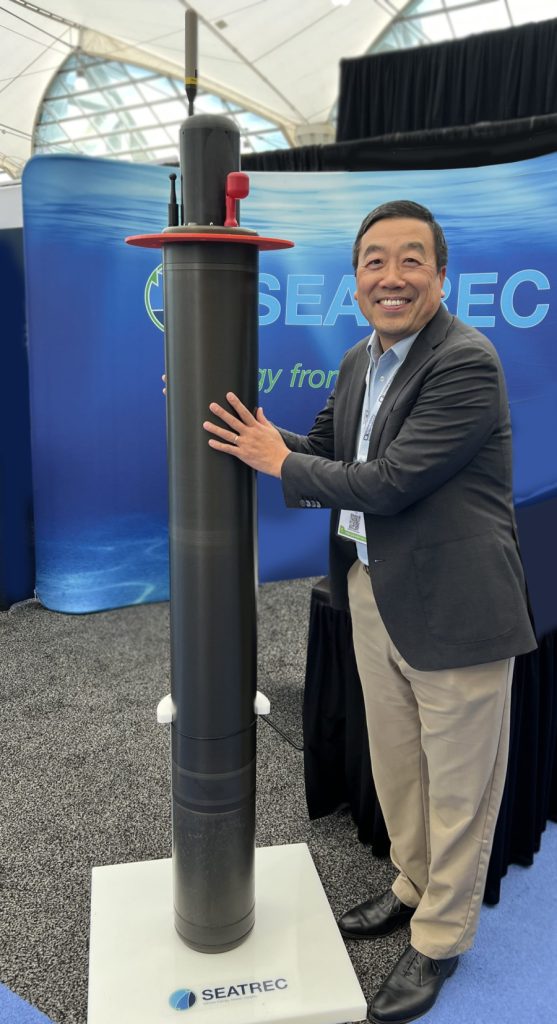
Yi Chao, with the infiniTE float: “This technology will enable us to feed water data into weather prediction models”
Future innovation
Despite their passive operation, these hydrophones collect gigabytes of data per day, so uploading raw data via satellite is unfeasible, while the necessary preprocessing has a relatively heavy power draw that would quickly flatten a battery. Onboard generation overcomes these issues and paves the way for more innovation.
In future, for example, floats like these might be able to warn nearby vessels that whales are present, helping reduce the incidence of strikes. They could also find a military/reconnaissance niche as they can detect subtle details, including engine or propulsion signatures.
Finally, the technology could assist the Seabed 2030 global oceans mapping programme. Until now, the Seabed project has largely relied on ships’ sonar or autonomous robotic surface vessels, but, Chao explains, the large devices necessary to detect the ocean bottom far below otten require an onboard diesel engine – a costly option, and not so useful for the mission or the environment. Alternatively, he points out that the infiniTE float “can dive to 1,000m, staying away from the noisy surface”, which allows it to use relatively lowpower, miniaturised sonar.
